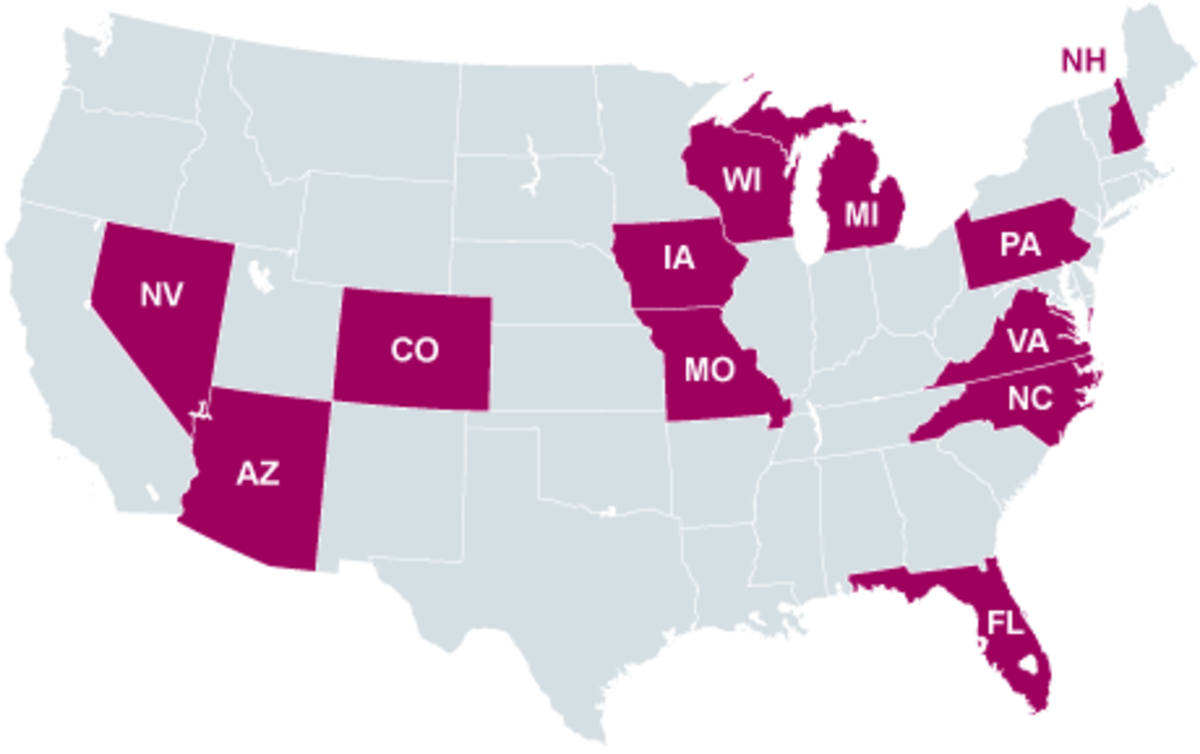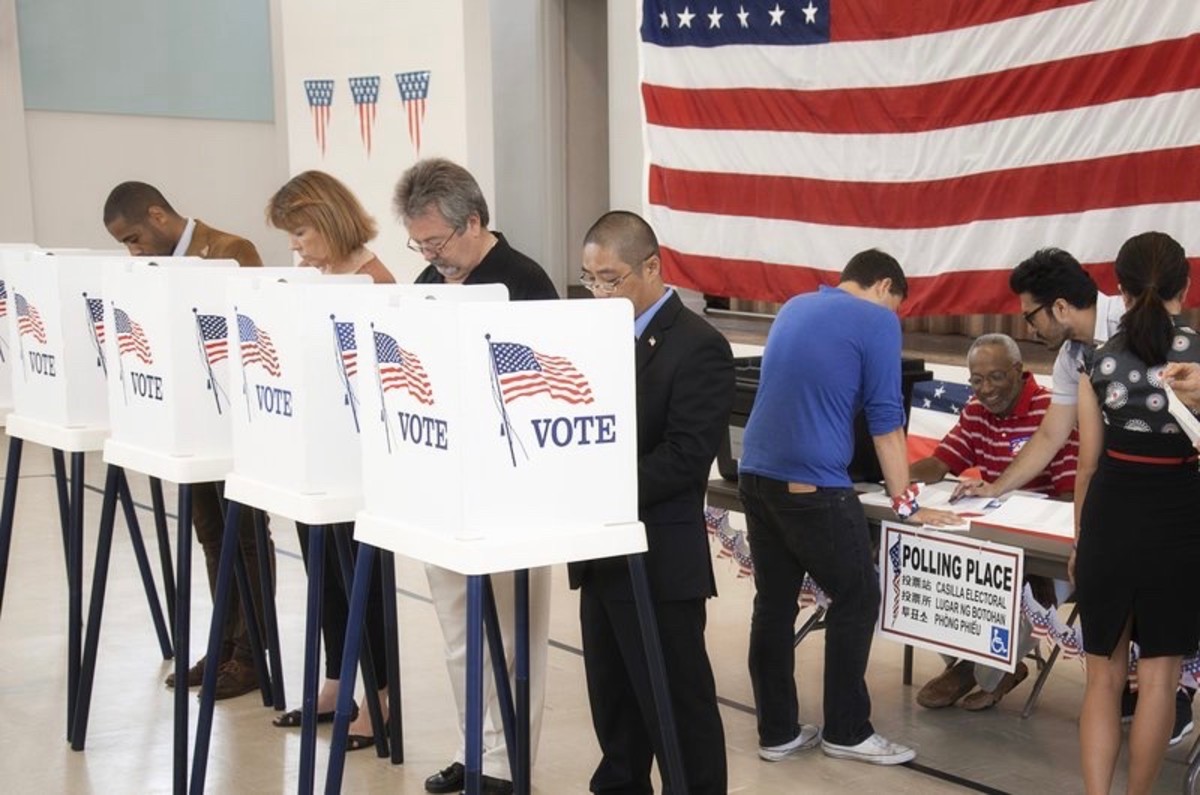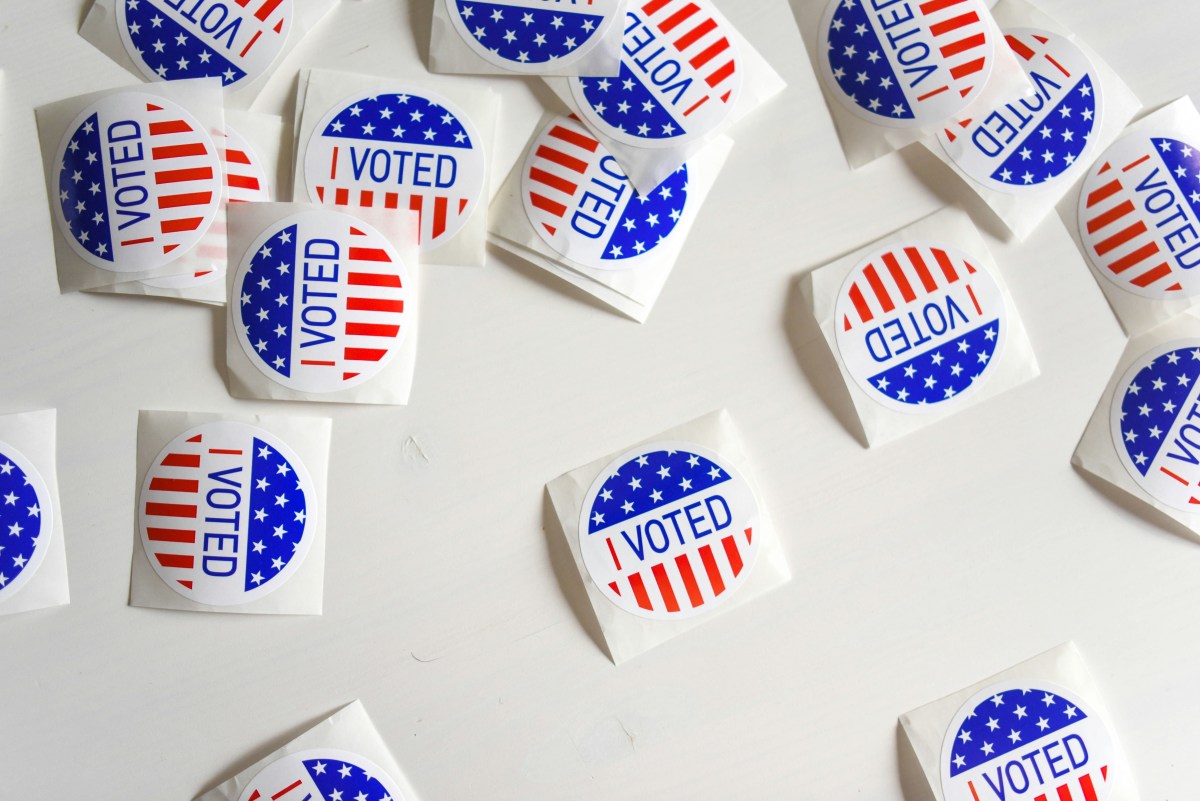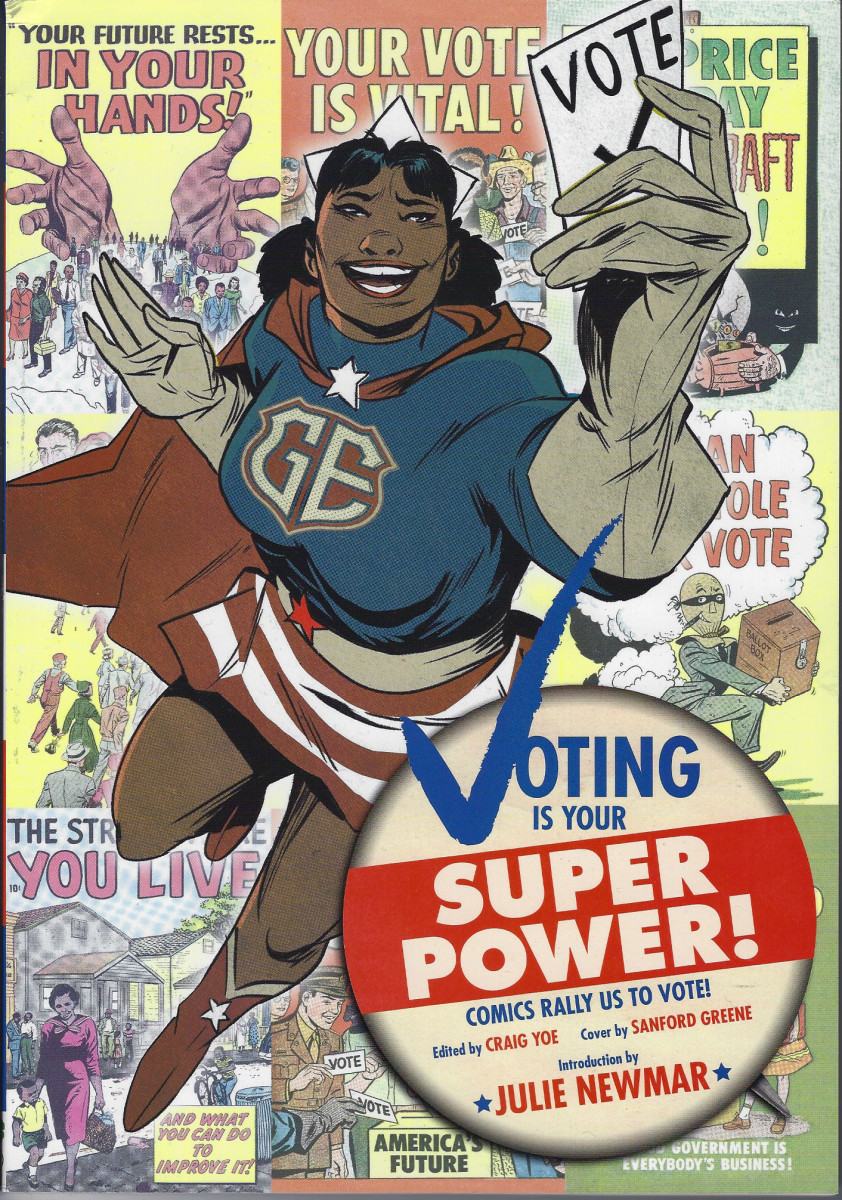The Battles: Voter Registration Laws and the Integrity of the Ballot Box
The election is over and the arguments over voter registration laws may have receded to the background, but they are still simmering all over the country as they have for several years. One side, primarily Republican, insists they are trying to prevent voter fraud. The opposition, primarily Democratic, insists proponents are encouraging voter suppression—trying to disenfranchise certain groups, specifically poorer minorities. The first group asks what is wrong with preventing voter fraud? They state their proposals are not onerous—while ignoring potential financial and logistical difficulties involved for the poor. The second group insists there is no evidence of voter fraud at the present time—while ignoring the history of voter fraud (coupled with the American penchant for treating each incident as an anomaly) and weaknesses in voting systems across the country.
Photo IDs: Effective or Not?
The measure most often proposed is a requirement voters present a valid, government issued, photo ID at the polls. But phony voters appearing constitute only one method of fraud. Machines can be rigged. Records can be fudged. Ballots can disappear. Although use of computers for voting has been touted, experts have demonstrated computers can be easily tampered with. Still, given America’s history of voter fraud and manipulation, one could make an argument that dealing with at least one method of fraud is reasonable. One could also make an argument that these new laws target the least efficient type of fraud and may not be useful.
For it to work, phony voters must present themselves using names of individuals who will not show up to vote. People who have moved or are dead, but are still listed on voter registration rolls, definitely will not show up. Yes, in many locales, dead people are still enrolled to vote. They do not seem to vote as often as they did in the 1960 election. Apparently, the recent dead are not as civic minded as those of fifty years ago.
This method requires organization and the involvement of many people (or the involvement of poll workers to do the marking themselves). But efficient or inefficient, use of photo IDs may not combat it. IDs are faked a lot. Illegal aliens, desperate to appear legal, and criminals needing fake identities, are always seeking legitimate looking ID. Neither group, wishing to remain under the radar, tends to go near the polls. But if they can obtain phony IDs, the wealthy, political motivated can obtain them for phony voters.
Disenfranchisement Both Before and After the Election
Those that oppose IDs insist such proposals are motivated by an attempt to disenfranchise segments of the population more likely to vote Democratic. This is not an unreasonable charge. Disenfranchisement is an old technique. In the early 1800s New York Democrats engineered a property requirement for black voters because they tended to vote for the Whigs. But other motives exist for the proposals. In the background memories linger of the practice of political intimidation and of elections that left a bad taste in the mouths of voters. Two elections that leap to mind are the presidential elections of 1960 and 2000.
Although the chad problem of 2000 was the result of malfunction, not fraud, news reports made it clear many states had re-count protocols no better than they had been during the Nixon-Kennedy elections of 1960. There was clearly voter fraud in that election, but how much is the argument. One camp insisted that the fraud was insufficient to change the outcome of the election. Not everyone was convinced. Although attention focused on Texas and Illinois, which, by themselves, could have swung the election by one Electoral College vote, the opposite camp pointed out that charges popped up in more than a dozen states, with major charges in at least five states. But, between political resistance to a thorough investigation plus lax voting and recount procedures, there was no way to ascertain the truth.
Which brings us back to other methods of fraud. Recently, two computer scientists, Barbara Simons and Douglas Jones, wrote a book entitled, Broken Ballots: Will Your Vote Count? They examined laws governing voting and recount procedures in the various states. They studied voting machines, from those of the late 19th century to the latest computers. They found much to dislike. What concerns them most is any system, extant or proposed, which does not incorporate a back-up method of verifying results. Machines are prone to malfunction as well as being vulnerable to fraud. Nothing is foolproof.
The query that people bank on-line, why can they not vote on line, comes up often. But the dirty secret is that on-line banking is not that secure. Collectively, banks lose millions every year. But, since the cost of building new buildings and hiring more tellers is higher still, the banks keep quiet and cover the losses. There is no way to ‘cover’ lost ballots.
The great chad debacle led to a Supreme Court decision that was as galling as the inability to ascertain the truth of the 1960 election. When, during the re-count, it became obvious hanging chads made too many ballots unreadable, Florida should have held the election again. Florida has forty-nine sister states that could have helped, perhaps loaning her better equipment. Instead, the matter went to the Supreme Court, which rendered a decision that, at the very least, appeared to follow party lines.
Opposition to the Photo IDs
Turning back to the idea that photo ID laws can effectively disenfranchise segments of the population, there are difficulties for the poor in obtaining such ID. Some people do not drive. The elderly, the poor, and quite a few young people, make up the largest percentage of non-drivers. Those states that require voter ID, such as a state ID card, as opposed to the driver’s license, are required to make them free to voters. Why? Essentially, paying for a state ID, which translates to a voter ID, would be a poll tax and poll taxes were declared unconstitutional in the 1960s. So what are the difficulties?
Across the country states have cut budgets, closed offices, and done away with evening and weekend hours for many departments. That means ever longer waiting lines, greater distances to travel to reach those fewer offices, and perhaps taking time off of work to obtain a needed document. For those who, each month, wonder whether they will have enough money for the rent AND food, they may not be able to afford to take a day, or even a few hours, off.
Moreover, underlying documents needed to obtain IDs, such as birth certificates, do cost. Even with documents folks sometimes have trouble obtaining the ID. Recently, on Bill Moyers and Company, Keesha Gaskins, of the Brennen Center for Justice at New York University Law School, talked about a 96-year old woman in Tennessee denied a photo ID although she had plenty of documentation. She provided copies of her birth certificate, voter registration card, rent statement, and lease. Her name was on the polls. She was able to match her signature. Gaskins did not mention what reason was given for the refusal. Was this stupidity, an attempt to disenfranchise a citizen, or a bored clerk, throwing around his power, playing uproar?
Improving Voting Procedures
There are calls to update and modernize registration systems via computerization, which would be useful, but computerization is not a cure-all. Systems can be hacked, just ask the Pentagon. Moreover, systems rely on accurate information being entered and crosschecked with other databases such as death records. Programmers who design systems and clerks who man them are not the children of Lake Woebegone, they are not all above average. Finally, those with a vested interest in the outcome of an election could still use money to corrupt the ballot box. Therefore, any laws enacted should have protocols built in for periodic examinations and spot audits to ensure compliance and accuracy.
Does that last sentence seem silly, stating the obvious? In their book, Jones and Simons talked about another book, Election Administration in the United States, written in 1934 by Joseph Harris. Jones and Simons stated that if all the states, rather than just a few, had adopted the reforms Harris proposed, their own book would never have been written.
The small town I live in, population fewer than twenty thousand, does an annual census. Every year the town clerk mails a census form to every single domicile. The form contains few questions—names and ages of those who live there, occupations, and if there are any dogs in the family. (This is to ensure all dogs are licensed, but, considering the status of dogs here, I wonder whether our folks are anticipating an extension of suffrage.) Forms must be returned, questions answered, or the town will presume that person has moved. Therefore, that person should no longer be voting here.
Elsewhere, sending out similar forms has been criticized as a way to disenfranchise voting blocks. But here it is has been done for many years and is well understood. Everyone answers the census. In other places it has been done with little announcement or explanation. With a real education campaign, and if not done at the last minute, a census can become an established practice, at least in smaller municipalities.
There are other ways to affect who wins, such as gerrymandering, but only two ways to directly rob individual citizens of their vote at the ballot box. One is to prevent them from voting in the first place. The other is to negate their votes by malfunction and/or fraud.
© 2012 Teddi DiCanio







![American Politics: The BIG LIE in Politics, From The Republican Presidential Convention [124] American Politics: The BIG LIE in Politics, From The Republican Presidential Convention [124]](https://images.saymedia-content.com/.image/t_share/MTc2NDYyMjI1MzEyNjU1MzIy/the-big-lie-in-politics-from-the-conservative-side.jpg)
